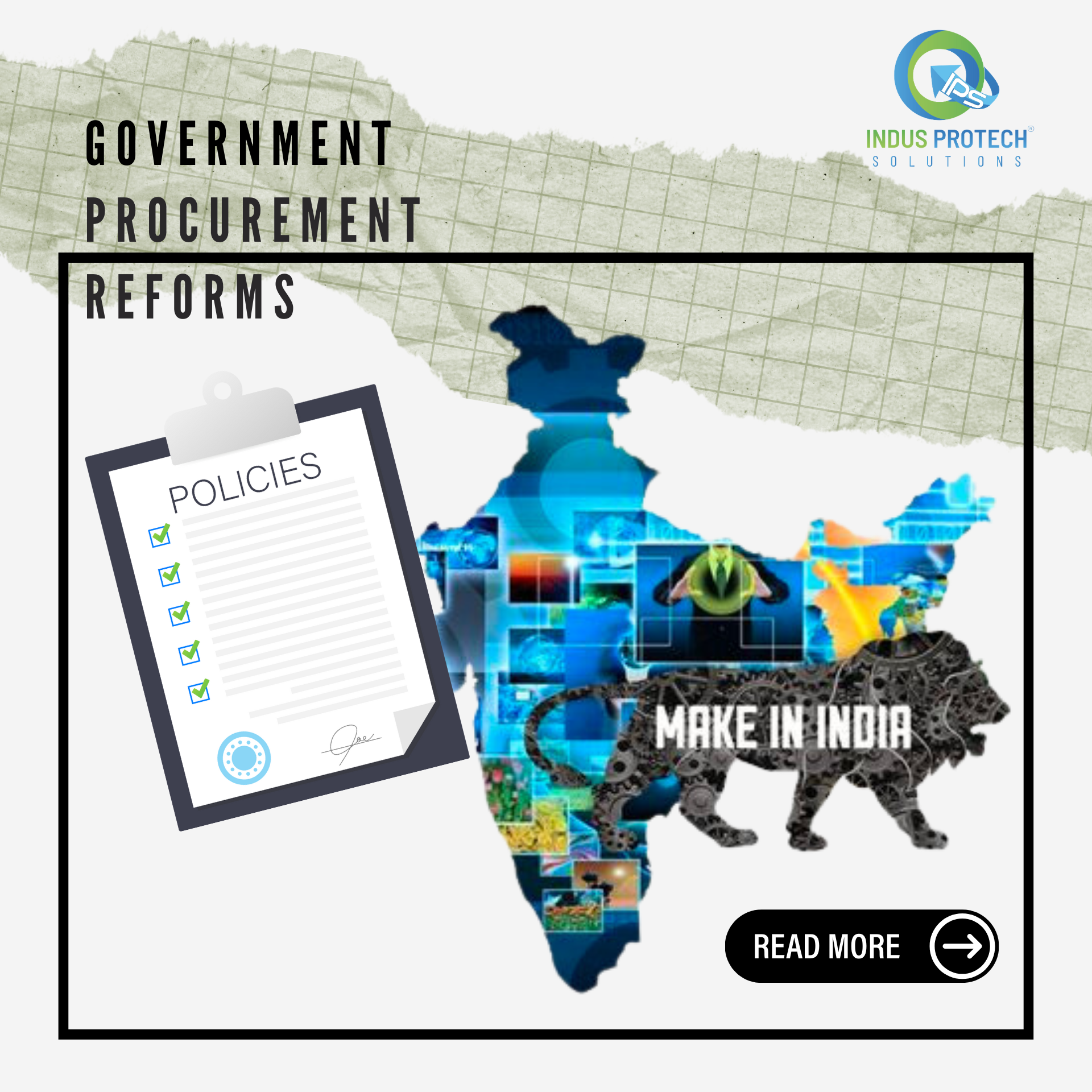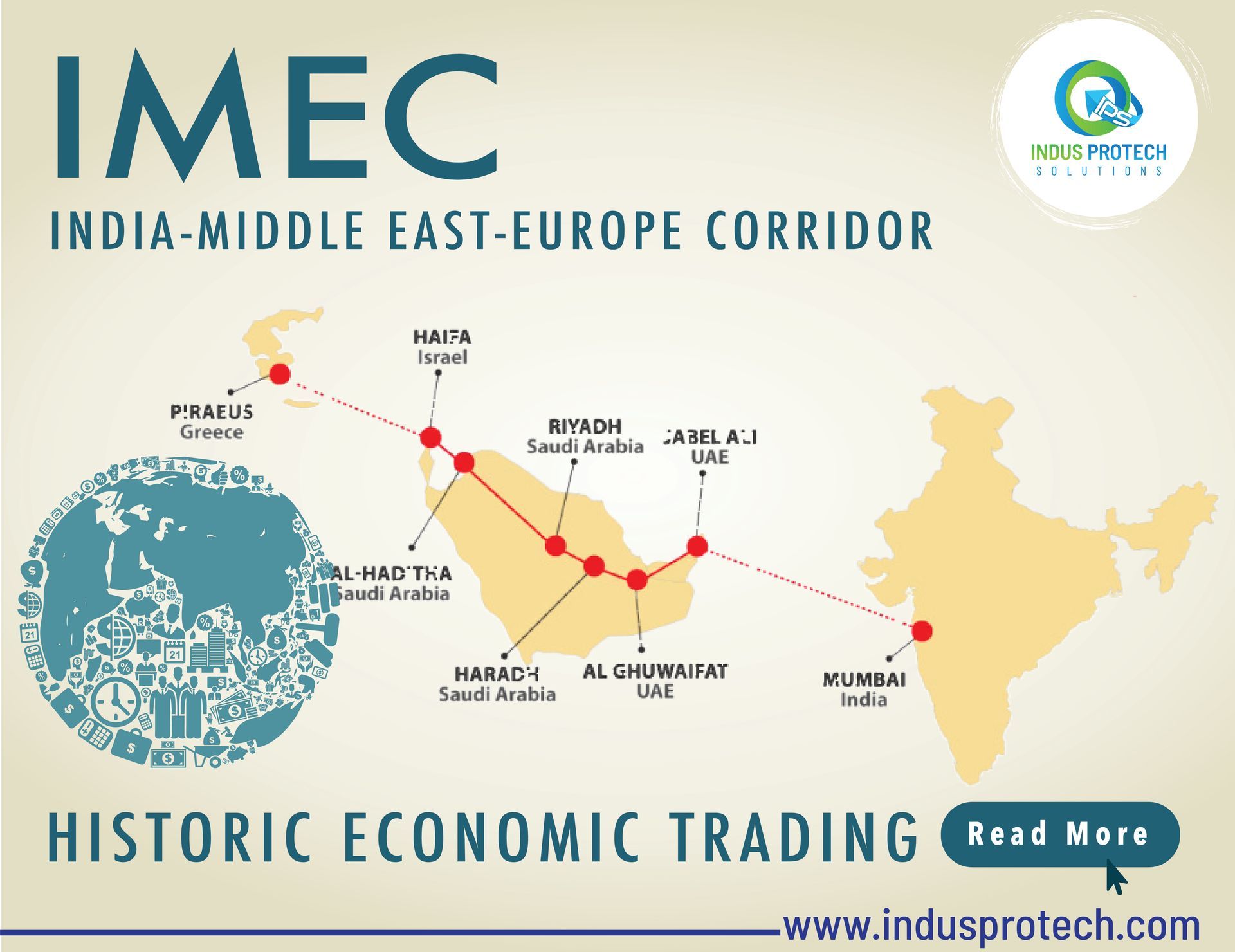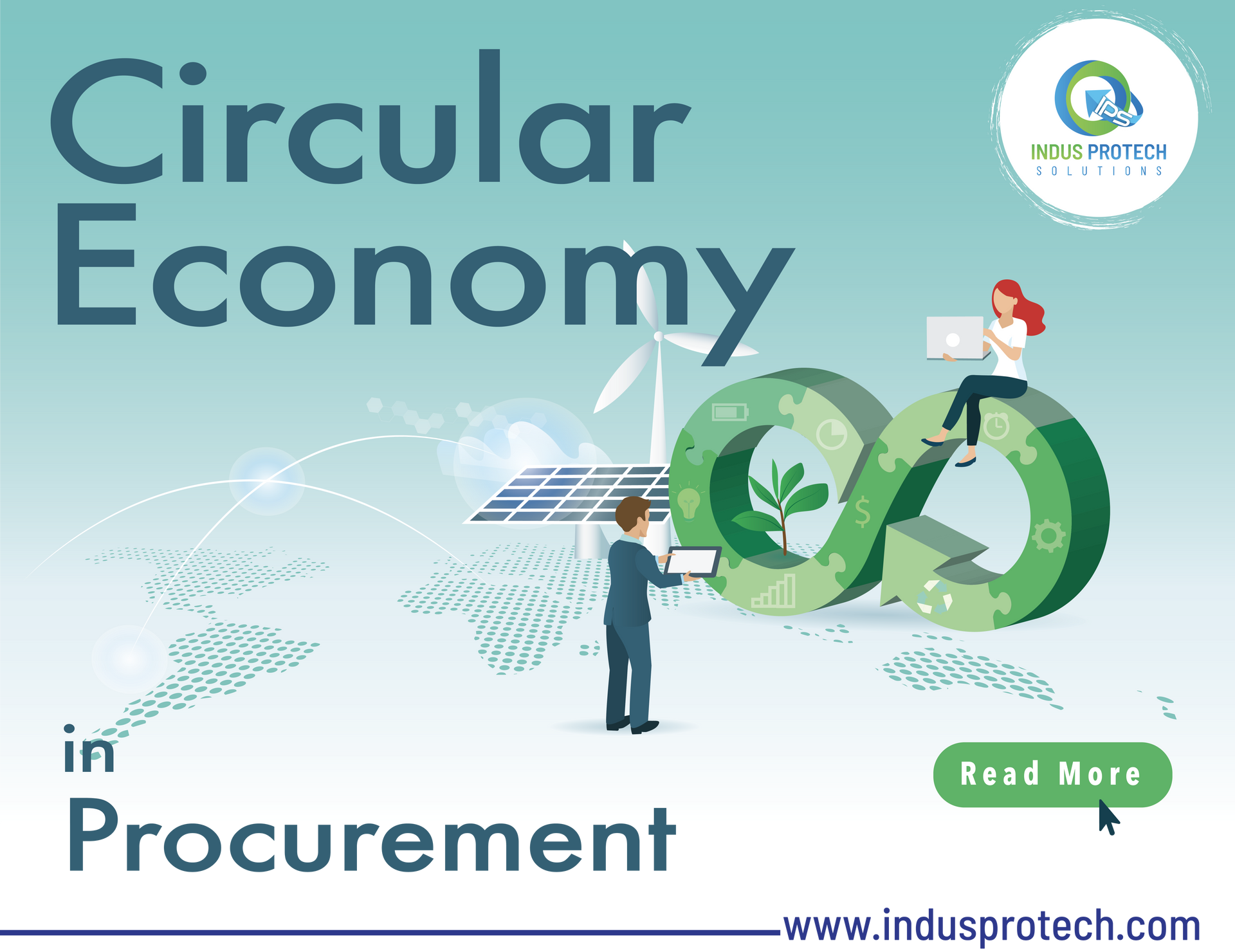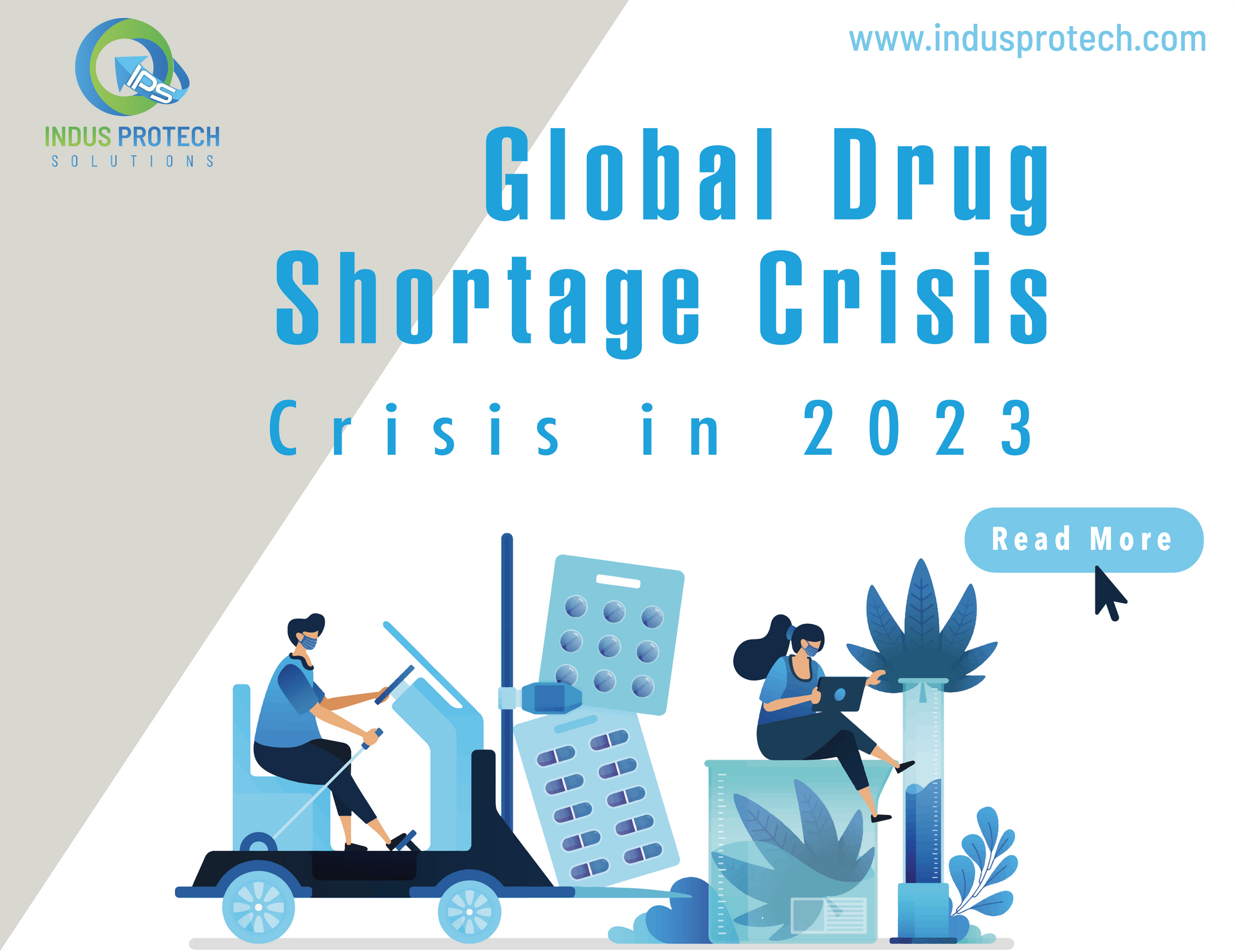The Indian government has always been in the forefront of developing national EV adoption strategies. The following list of government initiatives to promote EV adoption includes a few of them:
The FAME scheme : In order to encourage the development and early use of hybrid and electric vehicles in the nation, the FAME India Scheme: Faster Adoption & Manufacturing of (Hybrid &) Electric Vehicles was introduced in 2015. With a budget of US$ 1.3 billion (Rs. 10,000 crore), the FAME-II scheme was introduced in India to support 1 million e-two-wheelers, 0.5 million e-three-wheelers, 55,000 e-passenger vehicles, and 7,000 e-buses. The scheme was extended by the government until 2024, as stated in the Union Budget 2022–2023.
Battery Swapping Policy: Adoption of EVs depends on the availability of a widespread charging infrastructure. The NITI Aayog published a proposed battery swapping policy in this regard on April 22, 2022, and it will be in effect until March 31, 2025. All metropolitan areas with a population of more than four million will be covered by the policy, which will be implemented over a period of one to two years from the moment it is introduced. All UTs and significant cities with a population of more than 5,000 will be included in the second phase, which will be implemented over the course of two to three years after the policy's launch.
PLI Scheme :
The government launched the PLI-ACC (Production Linked Incentive for Advanced Chemistry Cell Battery Storage) scheme. The programme is anticipated to strengthen India's battery infrastructure. According to the Union Budget, the scheme's entire outlay is US$ 2.45 billion (Rs 18,100 crore), which will be distributed to beneficiaries over the course of five years once the manufacturing facility is established.
Various other incentives:
● Section 80EEB of the income tax allows for a tax exemption of up to Rs. 1,50,000 (US$ 1,960) when financing the purchase of an EV (2W or 4W).
● Customs taxes on nickel ore, a crucial component of lithium-ion batteries, are being reduced from 5% to 0%.
● Road tax reductions and other incentives at the state level.
Business Opportunities
The Indian government's push for electric vehicles creates a wide range of economic prospects in the infrastructure, energy, and mobility sectors. Among them are possibilities in the EV OEM market, battery infrastructure, solar car charging, battery swapping technology, and many more areas. NITI Aayog estimates that a total investment of US$ 267 billion (Rs. 19.7 lakh crore) in EVs, battery infrastructure, and charging infrastructure is needed to make the full transition to EVs.
The Indian government and the automotive industry have common objectives, which are encapsulated in the Automotive Mission Plan (AMP) 2016–26. In accordance with the AMP 2016-26, the sector is anticipated to contribute more than 12% of the country's GDP, of which 7.1% has been reached thus far. It hopes to make up 40% or more of the manufacturing sector by the end of 2026. If these goals are reached, both India's automotive industry and country would transform.
A crucial additional aspect is that the country's internal lithium-ion battery production ambitions may reduce the price of EVs, lowering dependence and perturbing import taxes. India will therefore soon have a sizable market. Adding to this, the Ministry of Skill Development and Entrepreneurship (MSDE) estimates that by 2030, the EV sector might add 10 million direct jobs, which would result in 50 million indirect jobs.
The auto sector in India has had substantial growth and is predicted to continue growing rapidly. The pandemic has spurred a need for products that lower pollution levels, and EVs are a remarkable method to do this, in terms of how the market is performing. Electric vehicles have a great deal of potential to lessen our carbon footprint and offer a sustainable and cost effective means of transportation. Purchasing an electric vehicle is the only way to support this expansion and to save the earth’s environment.















